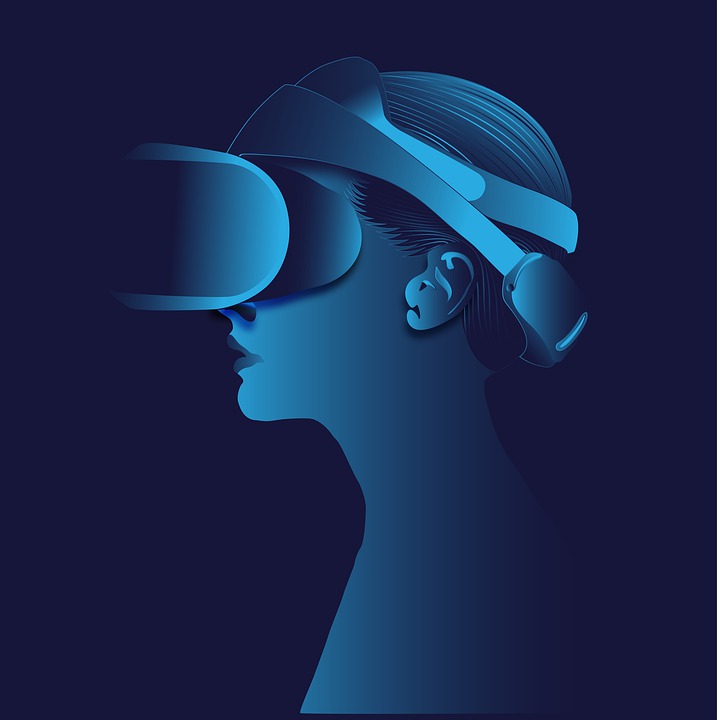In the world of gaming, virtual reality lets the player feel like he is part of the action: climbing hills, shooting bad guys, morphing into character after character. But researchers in Japan took the human experience a few steps further, allowing players to feel the action by coordinating the action with their heart beat.
What these researchers perhaps didn’t realize is what California researchers did: These systems have a way to motivate the brain to train itself for the purpose of improved healthcare.
Tech advancements
Technological advancements have changed the face of gaming, providing immersive and realistic video games with virtual reality. But these researchers, who published in the Journal of Robotics, Networking and Artificial Life, wanted to stretch beyond what most VR systems focus on, and that is vision. So, a researcher at Nagoya University developed tactile perception for a new VR game, integrating the sense of touch with sounds and sights. “Tactile sensation has a more significant effect on sensibility than audiovisual,” Yasuhiro Suzuki wrote in an article published by TechXplore.
The game
The player plays the game with a spherical object. This virtual object beats in tandem with the player’s heart. The game sends the beats from the object to the player using visual and sound effects and tactile feedback. The combination of the three effects increases the player’s immersion into the game. During gameplay, the player needs to break multiple targets using the spherical object.
The game setup includes a wire that connects the sphere to where the player is standing. After breaking all targets, the player uses a pair of scissors in the game to “cut” the thread. The player will feel a sensation when cutting the thread, which may them to hesitate.
The study
According to the article, researchers linked the player’s biological details to the audiovisual data. When the players move, the system feeds back the details. The system sends the changes as sensory outputs, which may lead to diverse sensations based on various actions. The tactile sensation makes the connection between the user and the object real.
Researchers developed the game using the popular platform Unity. The game operates with one VR head-mounted display, controller, and tracking system. The tactile response is integrated with the controller. A stethoscope with a microphone connected to a PC unit collects the biometric details. The team used a 500-hertz low-pass filter to reduce microphone noise and improve the player’s heartbeat detection.
VR and Healthcare
The study provided clues on what advancements VR could make in healthcare. In an article published by Cedar-Sinai in Los Angeles, California, Brennan Spiegel, MD, director of Health Services Research, said that VR systems have the potential of improving human health. These systems have a way to motivate the brain to train, he wrote. The training helps patients deal with certain ailments. For doctors, VR tools may help them better empathize with their patients.
Some promising applications of VR in healthcare include:
- Pain management: The U.S. Centers for Disease Control and Prevention (CDC) estimates that 11% to 40% of adults may be seriously affected by chronic pain. VR technology may be used as a non-drug means to manage chronic pain.
- Empathy training: Doctors encounter different kinds of mental and physical ailments in their practice, but they cannot fully understand all of them, such as what it’s like to have dementia. VR may simulate various scenarios from mental health conditions to domestic violence. The simulations can provide insight into the experiences of patients.
- Educational tool: Although experiments can be done in the lab, it is still tricky to know every dynamic inside the body. VR can simulate how substances interact from within. For example, a VR video can demonstrate how the intake of sodium affects human health. It may explain how salt increases blood pressure, among other things.
- Stress reliever: It doesn’t have to be all work and no play. VR tech may be used as a stress reliever too. Also called therapeutic VR, the idea focuses on delivering a relaxed mental state for the user. Users simply wear VR headsets and experience the simulation to enter a peaceful state.
The take-home
VR will continue to evolve in the years to come. Most VR systems will be applied in gaming and video-related programs. But many startups may focus their attention and efforts on delivering benefits to healthcare. At first, the whole process may be daunting for healthcare professionals and patients. Yet the promising effects like improving patient care and increasing efficiency in hospital workloads are undeniable.
Ralph Chen is an enthusiast of medical topics and advanced technologies. When not writing, he spends time playing popular PC games.













